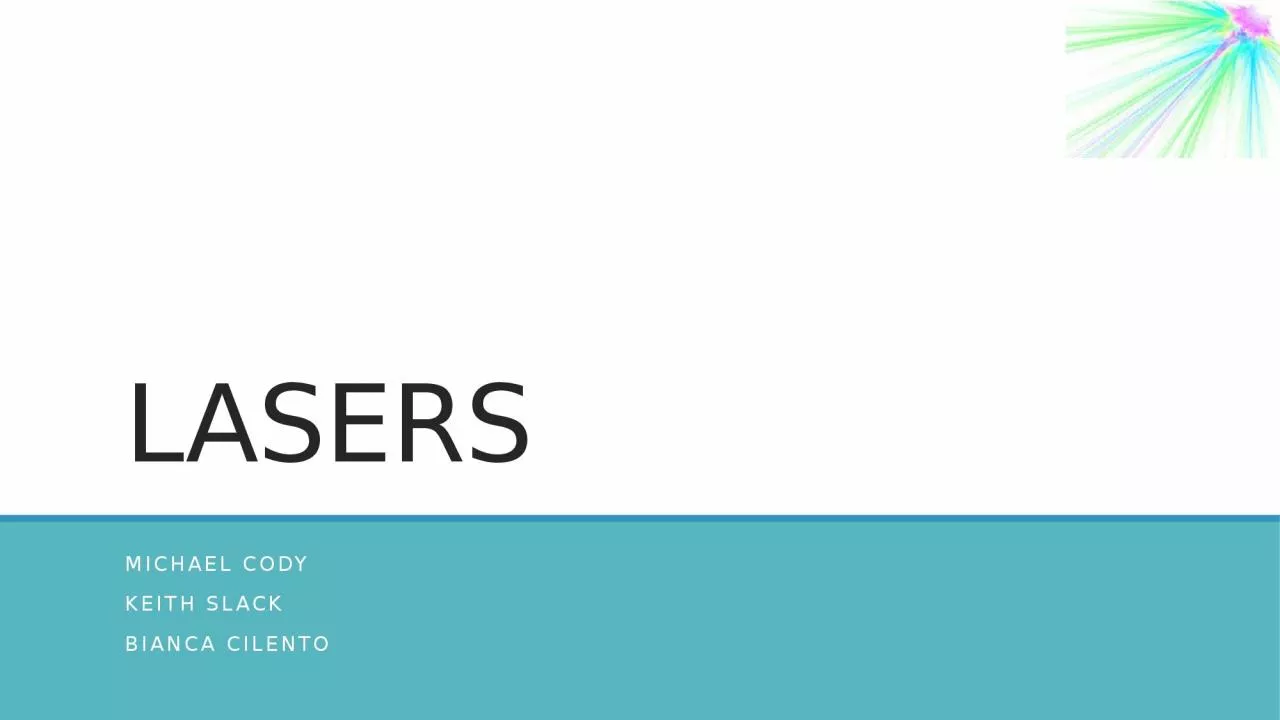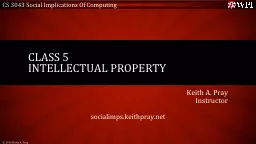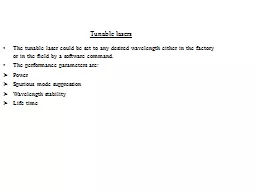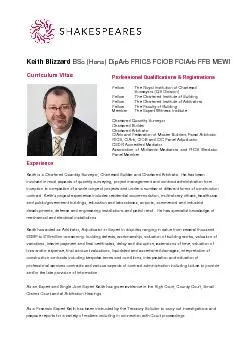PPT-LASERS Michael Cody Keith slack
Author : SportyChick | Published Date : 2022-07-27
Bianca Cilento What is a laser A laser is a device that emits light through the process of stimulated emission LASER is actually an acronym for Light Amplification
Presentation Embed Code
Download Presentation
Download Presentation The PPT/PDF document "LASERS Michael Cody Keith slack" is the property of its rightful owner. Permission is granted to download and print the materials on this website for personal, non-commercial use only, and to display it on your personal computer provided you do not modify the materials and that you retain all copyright notices contained in the materials. By downloading content from our website, you accept the terms of this agreement.
LASERS Michael Cody Keith slack: Transcript
Download Rules Of Document
"LASERS Michael Cody Keith slack"The content belongs to its owner. You may download and print it for personal use, without modification, and keep all copyright notices. By downloading, you agree to these terms.
Related Documents














